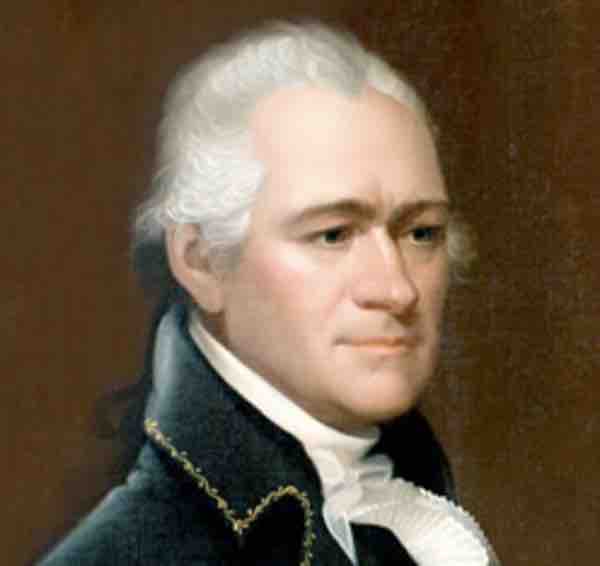The Constitutional Convention
In 1787, a convention was called in Philadelphia with the declared purpose of revising the Articles of Confederation. However, many delegates intended to use this convention to draft a new constitution. All states except for Rhode Island sent delegates, though not all delegates attended the Convention. At the Convention, the primary issue was representation of the states. Under the Articles, each state had one vote in Congress. The more populous states wanted representation to be based on population (proportional representation). James Madison of Virginia crafted the Virginia Plan, which guaranteed proportional representation and granted wide powers to the Congress. The smaller states, on the other hand, supported equal representation through William Paterson's New Jersey Plan. The New Jersey Plan also increased the Congress' power, but it did not go nearly as far as the Virginia Plan. The conflict threatened to end the Convention, but Roger Sherman of Connecticut proposed the "Great Compromise" (or Connecticut Compromise) under which one house of Congress would be based on proportional representation, and the other house would be based on equal representation. Eventually, the Compromise was accepted, and the Convention was saved.
Compromises were important in settling other disputes at the Convention. The Three-Fifths Compromise designated that three-fifths of slave population would be counted toward representation in Congress. In another compromise, the Congress agreed to ban slave trade after 1808. Similarly, issues relating to the empowerment and election of the President were resolved. This led to the Electoral College system in choosing the Chief Executive of the nation.
Federalists vs. Anti-federalists
The Constitution required ratification by nine states in order to come into effect. The fight for ratification was long and difficult. The Constitution was to be ratified by special ratifying conventions, not by state legislature. Interested in retaining power, states were resistant to ratifying a new, stronger central government. Those who favored ratification were known as Federalists,while those who opposed it were considered Anti- Federalists.The Federalists attacked the weaknesses of the Articles of Confederation. On the other hand, the Anti-Federalists also supported a House of Representative with substantive power. They acknowledged that the Constitution was not perfect, but they said that it was much better than any other proposal. Three Federalists—Alexander Hamilton , James Madison, and John Jay—wrote a series of essays called The Federalist Papers. These essays explained the Constitution and defended its provisions. The documents were intended for the state of New York, though people from across the country read them. The Federalists defended the weakest point of the Constitution—a lack of a Bill of Rights—by suggesting that current protections were sufficient and that the Congress could always propose Amendments. Anti-Federalists such as Patrick Henry attacked the Constitution, suggesting that it would lead to a dangerously powerful national government. One of the Anti-Federalist's strongest arguments was the Constitution's lack of a Bill of Rights. Many Anti-Federalists were eventually persuaded by the Federalists' arguments.

Alexander Hamilton
Alexander Hamilton was a key player at the Constitutional Convention.